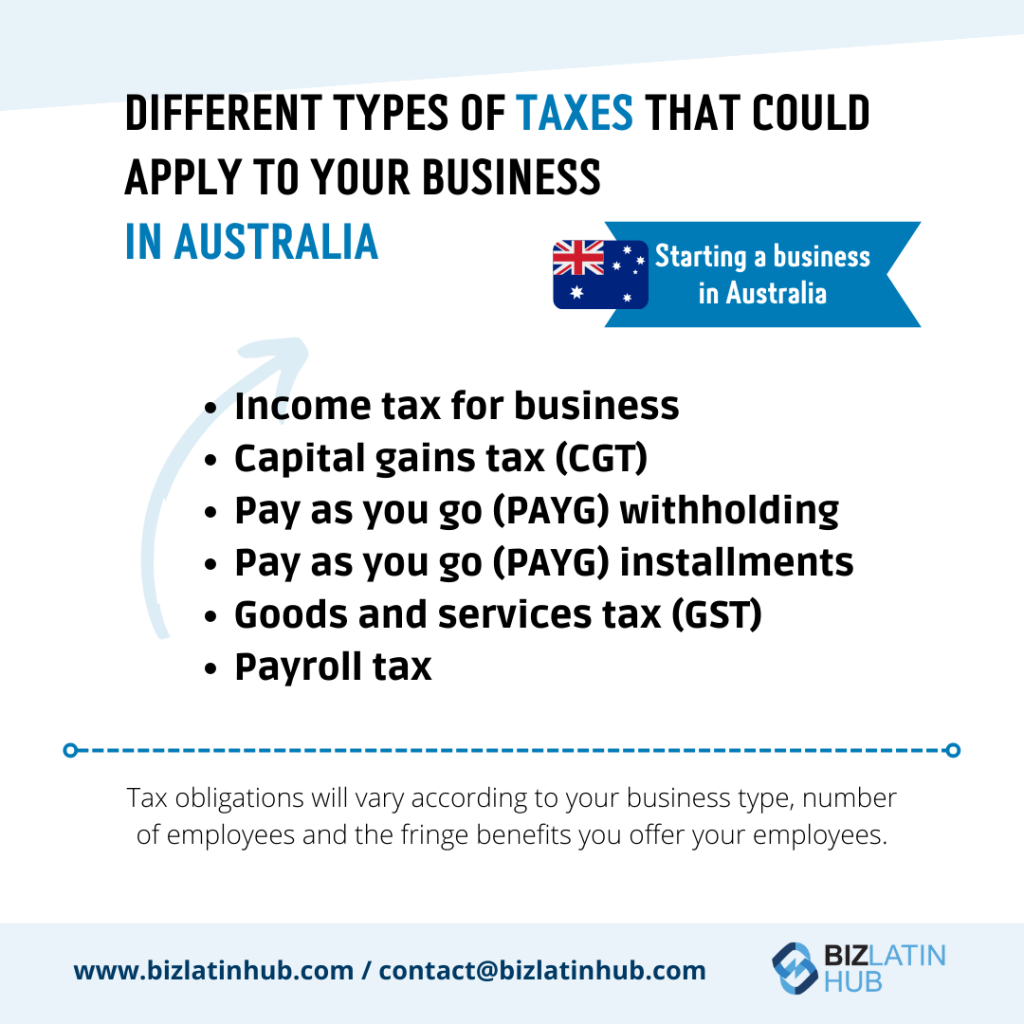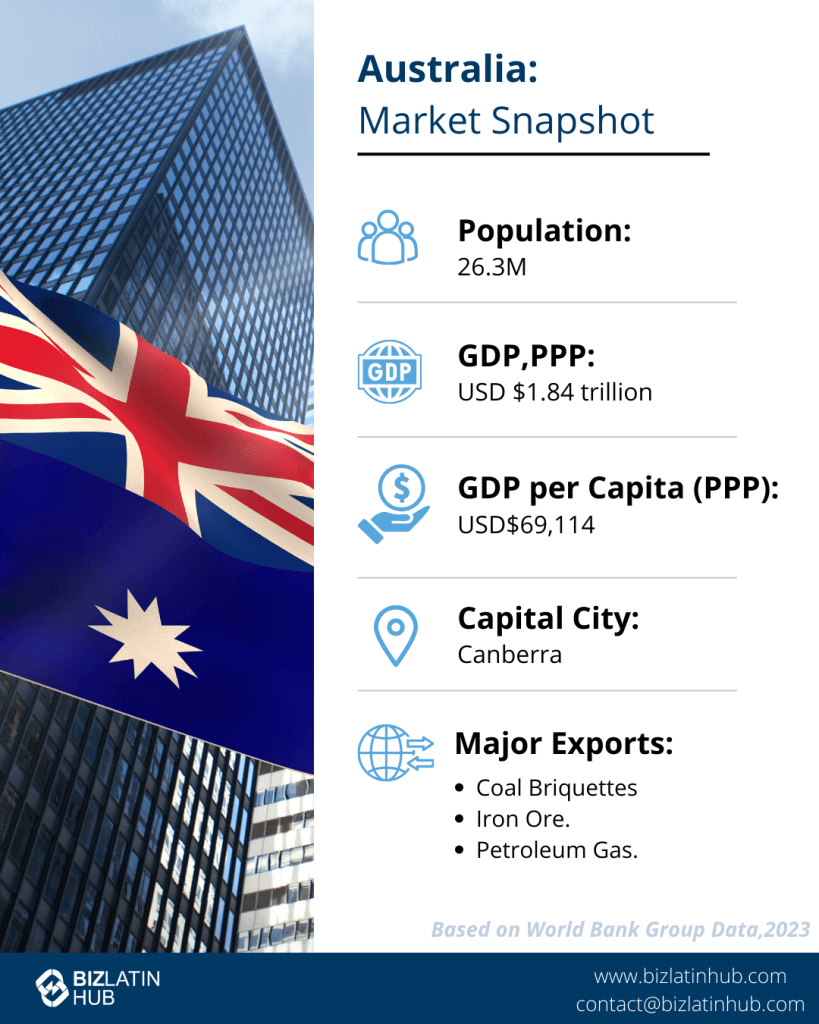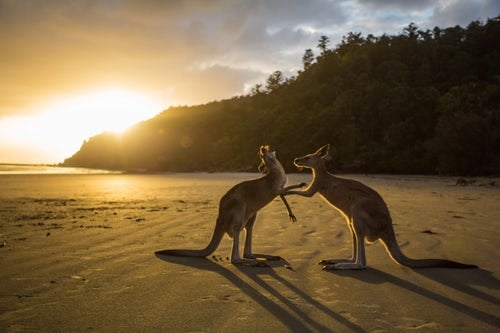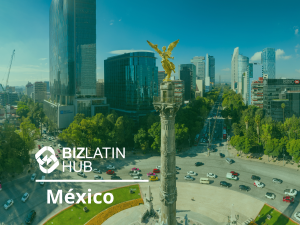What comes to mind when you think of Australia? The outback, Great Barrier Reef, and sprawling beaches surely make an appearance in Australia’s iconic ‘down under’ image. By many measures, Australia’s tourism has proved to be one of the fastest growing and consistent of all Australian sectors. The sector is proving its worth and is not planning on slowing down any moment soon. This makes for a very attractive investment destination.
Australia is one of the world’s most popular tourist destinations. Whether you’re looking to backpack throughout the vast regions of the country or prefer the luxurious tourism experience, the country has it all. However, these days tourists are looking for more than just experience. People want to enjoy environments in an ecology-friendly way.
In this article, we explore the Australian tourism sector and touch on the increasingly popular move towards economic sustainability.
Australian Tourism – A look at the performance of the sector
Being one of the fastest growing sectors in the country, tourism brought in over AU$42 billion last year and supported about 924,000 jobs. This represents 1 in every 13 Aussies. Australia’s natural diversity ranges from pristine beaches and the Great Barrier Reef to the infamous Outback and the lesser known ski slopes of Perisher.
Visitor analysis
Australia’s geographic diversity brought in nearly 9 million tourists in 2017. This is up 6.6% since 2016 and over 50% since 2010. This marks nine consecutive years of expenditure growth. The state-continent benefits from its close proximity to Asian markets, which make up the largest chunk of its tourist demographics. This is followed by New Zealand, the United States, and the United Kingdom.

Australia reached 10 million visitors in 2018. The total visitor spend is almost AU$50 billion more than in 2008–09. However, the sector’s growth in 2018 was driven by domestic visitors. This can be seen in overnight spend increasing 7.9% to AU$67.5 billion.
Nowadays Australia is actively courting the lucrative US tourism market. This is best exemplified by their clever movie trailer spoof aired during the 2018 Super Bowl. The aim is to increase American tourism revenue from $3.8 million to $6 million by 2020.
Companies operating in Australia
The Australian tourism sector is home to many different companies. Being an ever-growing industry, many companies have seen the benefits of expanding or starting up in tourism. Australian and foreign holiday-makers power 288,614 businesses in the industry. Of these businesses, 219,210 are non-employing or so-called micro businesses. Moreover, 54,448 of the total amount of businesses are small businesses. Lastly, medium or large businesses account for 15,046 tourism companies.
When analyzing these numbers, some key points come out of the data. The Australian tourism sector is very welcoming to small and micro-sized businesses. Many tourism businesses, in general, are hostels owned by enthusiastic couples or single persons. However, the subsequent portion of medium/large businesses provides an insight into the ability of many companies to thrive after growing or expanding. This is a positive indicator of success for companies looking to expand into the country.
So where do people go in Australia?
The fact that the tourism sector is doing well doesn’t mean you should rush into your expansion into Australia. Knowing the popular touristic destinations and analyzing if your company is fit to profit in these regions is a necessary step.
Australia is known worldwide for its iconic landscapes and structures, such as the Sydney Opera House. The country is home to numerous other attractions. Some of these places are:
- Great Barrier Reef Marine Park: Visible from outer space, the World Heritage-listed Great Barrier Reef is one of the largest living structures on the planet.
- Ulura-Kata Tjuta National Park: Deep in the heart of Australia’s Red Centre, Uluru (formerly Ayers Rock), is one of the most photographed natural wonders in the country.
- Sydney Harbour Bridge: Besides the Opera House, the Harbour Bridge is one of Sydney’s most popular touristic destinations.
- Blue Mountains National Park: A UNESCO World Heritage Site, the beautiful Blue Mountains National Park lies 81 kilometres west of Sydney.
However, there are also a lot of lesser-known places that offer diverse tourism opportunities. Some of these destinations include:
- Cradle Mountain-Lake St. Clair National Park: Cradle Mountain-Lake St. Clair National Park is a national tourism treasure and a nirvana for nature lovers.
- Kangaroo Island: The island is home to kangaroos hopping along beach shores, sea lions and penguins frequenting its crystal-clear waters, and koalas climbing up to the eucalyptus trees.
- Broome and the Kimberley region: Once the pearl capital of the world, Broome, in Western Australia, is now a booming tourist town and the gateway to the spectacular Kimberley region.
- Kakadu National Park: Kakadu National Park, in the Top End or the Northern Territory, is a World Heritage Site and one of the planet’s great wilderness areas.
Varying investment opportunities
Australia’s tourism sector is very broad, which allows for companies to operate in diverse sectors. However, with a trend towards shorter stays, companies should look towards investing in city tourism. Australia’s major hotel hotspots are expected to continue to outperform.
Market experts are reporting that investors’ hotel operating performance expectations for Sydney and Melbourne are amongst the highest in the Asia Pacific. Markets like Perth and Brisbane are seen to offer investors counter-cyclical buying opportunities over the short term. This has led to an increase in the average daily rate in hotels in almost all cities. The Gold Coast area is especially seeing an increase in revenue per available room, which has gone up 9%.

Eco-tourism
As previously mentioned, another huge part of the tourism sector is eco-tourism. Australia is a leading providers of nature-based tourism. It has a diverse range of ecosystems, landscapes and wildlife, many of which are found nowhere else in the world. In fact, Australia’s endemic species are so varied that the country is classified as one of 17 ‘megadiverse’ countries in the world. Australia possesses thousands of national parks and conservation reserves. Moreover, it has twenty UNESCO World Heritage listed attractions, including the Great Barrier Reef and Uluru.
Aware of the growing demand for eco-tourism, many investments are flowing into natural parks and areas. Australia’s natural environment is the most important attraction for international visitors in all major source markets. Moreover, statistcs and economic research shows that Australia’s natural advantage is, and will increasingly be, the major attractor for international visitors.
Find a local partner
Being home to one of the most dominant tourism sectors in the world, Australia offers numerous opportunities for company formation. When expanding or starting up your business, the country offers a great range of options. Whether it be destinations listed as UNESCO World Heritage, or bustling cities, Australia welcomes communities with vastly different preferences to its shores.
At Biz Latin Hub, our experts work with diligence and a wide range of knowledge and experiences to assist companies interested in expanding their business globally. If you’re looking to move into Australian tourism, we recommend you seek local assistance in getting set up and meeting compliance requirements.
For further advice, or to seek your own tailored market entry strategy, contact our friendly Australia team.






